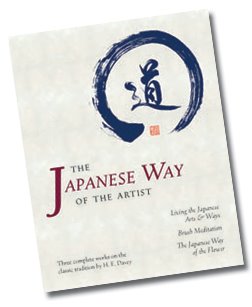
The Japanese Way of the Flower Book Review
“The Japanese Way of the Flower-Ikebana as Moving Meditation” by H. E. Davey and Ann Kameoka, published by Stone Bridge Press
Floral design can fulfill many needs. Certainly, its aesthetic functions are a primary concern. But that shouldn’t override its other roles, and this book focuses on one that we may rarely think about.
The authors came to realize that ikebana is a form of active meditation in which the floral designer becomes one with the flower or floral material. It’s a way to connect with nature. Following the authors’ suggestions, anyone can learn to achieve this form of meditation during the composition of our floral designs.
The book begins with a thoroughly interesting overview of ikebana. The word ikebana means “way of the flower,” which explains part of the book’s title. In addition, the authors explain the fundamental design principles used in ikebana, such as harmony, and balance. They even include a list of colors, and explain what each one means in ikebana.
The authors introduce the idea of oneness with nature, and suggest ways in which readers can learn to interpret nature as part of this process.
In the final chapter, they present some simple exercises one can do as part of the ikebana process with the goal being to unify the mind and body with nature.
Towards the end of the book, there is a list of sources for ikebana instruction and supplies.
There is something for everyone in this book. Floral designers in western countries will find it is a very well-grounded, well-organized, helpful guide to the art of ikebana. Those studying Japanese culture and art will see it as a valuable source of information on how aesthetics have become an important part of human psychology.
Davey is founder and director of the Sennin Foundation Center for Japanese Cultural Arts. Kameoka is a certified instructor of ikebana.












